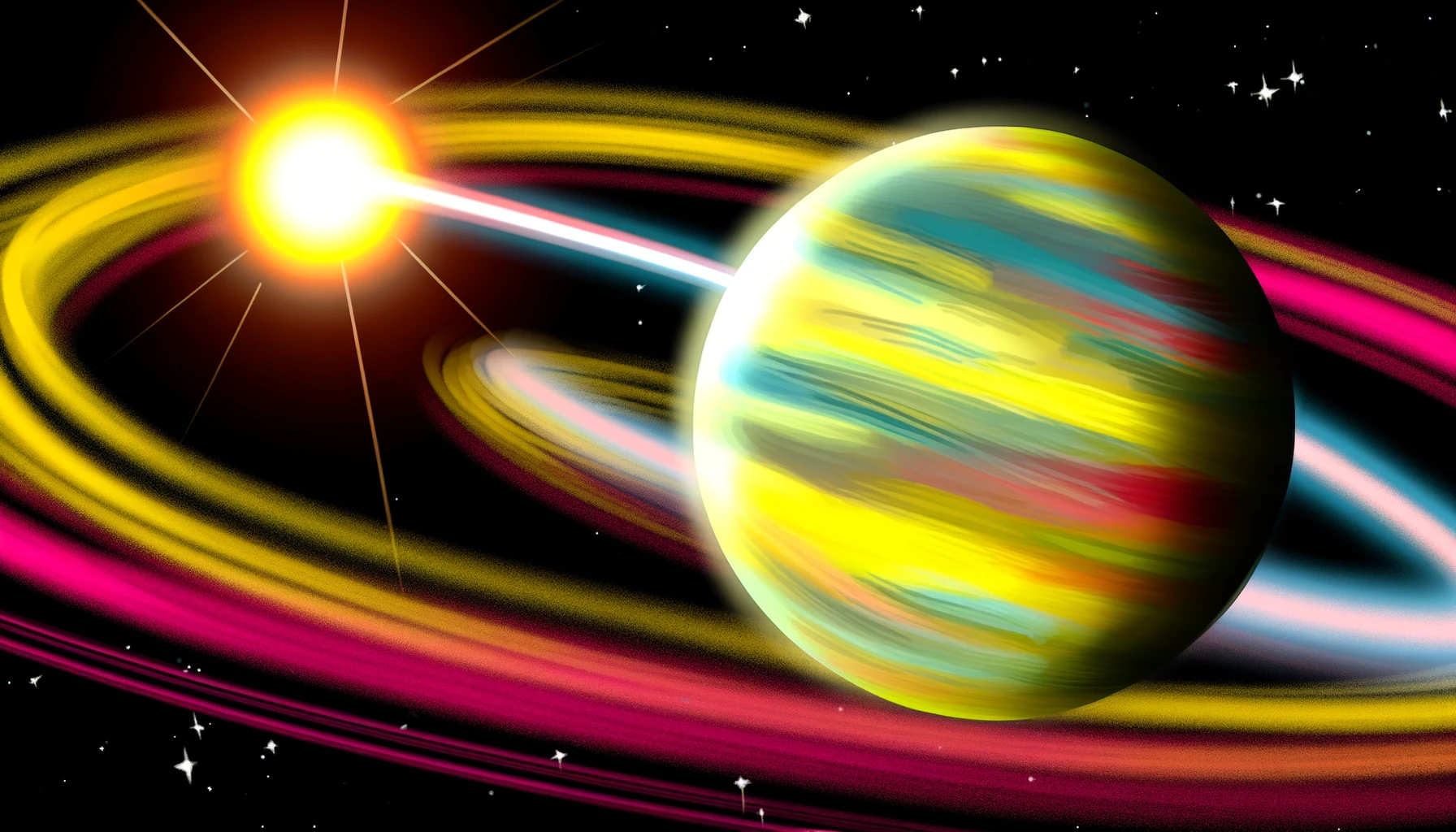HR 5183 b Discovery
HR 5183 b Discovery
Table of Contents
- Introduction to HR 5183 b
- Discovery of HR 5183 b
- Unique Characteristics of HR 5183 b
- Unusual Orbital Path
- Importance in Exoplanet Research
- Future Exploration and Studies
- Conclusion
- References
Discovery of HR 5183 b
Introduction to HR 5183 b HR 5183 b is an exoplanet that has captured the imagination of astronomers due to its peculiar characteristics and highly eccentric orbit. Located approximately 102 light-years away in the constellation Virgo, HR 5183 b is often cited as one of the weirdest planets ever discovered. This article delves into the discovery of HR 5183 b, highlighting its unique features and significance in the field of exoplanet research.
Discovery of HR 5183 b HR 5183 b was discovered by astronomers using the radial velocity method, which detects exoplanets by observing the wobble in a star’s motion caused by the gravitational pull of an orbiting planet. The discovery, announced in 2019, was made possible through decades of observations and data collection from multiple observatories, including the Keck Observatory in Hawaii.
Unique Characteristics of HR 5183 b Several unique characteristics make HR 5183 b stand out among other exoplanets:
- Mass and Size: HR 5183 b is a gas giant with a mass at least three times that of Jupiter. Its large size and mass contribute to its strong gravitational influence on its host star.
- Highly Eccentric Orbit: One of the most distinctive features of HR 5183 b is its highly eccentric orbit, which takes it on a long, looping path around its host star. This orbit is more elongated than those of most known exoplanets.
Unusual Orbital Path The orbital path of HR 5183 b is both fascinating and unusual:
- Long Orbital Period: HR 5183 b takes between 45 and 100 years to complete one orbit around its host star. This long period is due to the planet’s highly eccentric trajectory.
- Extreme Eccentricity: The planet’s orbit is highly eccentric, meaning it varies significantly in distance from its host star. At its closest approach, HR 5183 b is roughly as close to its star as Earth is to the Sun, but at its farthest, it travels out to distances comparable to those of the Kuiper Belt in our solar system.
- Potential for Planetary Migration: The extreme nature of HR 5183 b’s orbit suggests that it may have undergone significant gravitational interactions with other planets or stellar objects, potentially indicating past planetary migration within the system.
Importance in Exoplanet Research The discovery and study of HR 5183 b have significant implications for exoplanet research:
- Orbital Dynamics: Understanding the dynamics of HR 5183 b’s highly eccentric orbit can provide insights into the gravitational interactions and evolutionary history of planetary systems.
- Planet Formation Theories: The unique characteristics of HR 5183 b challenge existing theories of planet formation and migration, encouraging the development of new models to explain its properties.
- Long-Term Observation: HR 5183 b’s long orbital period makes it an excellent candidate for long-term observation, allowing astronomers to study the effects of its eccentric orbit over time.
Future Exploration and Studies Future exploration of HR 5183 b will focus on using advanced telescopes and observational techniques to gain deeper insights into its atmospheric composition, structure, and orbital dynamics. Space telescopes like the James Webb Space Telescope (JWST) and ground-based observatories will play a crucial role in furthering our understanding of this unique exoplanet.
Conclusion The discovery of HR 5183 b has unveiled a world of extreme conditions and unique characteristics, making it a key subject of interest in exoplanet research. Its highly eccentric orbit, significant mass, and potential for past planetary migration offer valuable insights into the diversity and complexity of planetary systems in the universe. As technology advances, continued study of HR 5183 b will likely yield even more fascinating discoveries.
<ⓒ WizardMedics (wizardmedics.com)>







